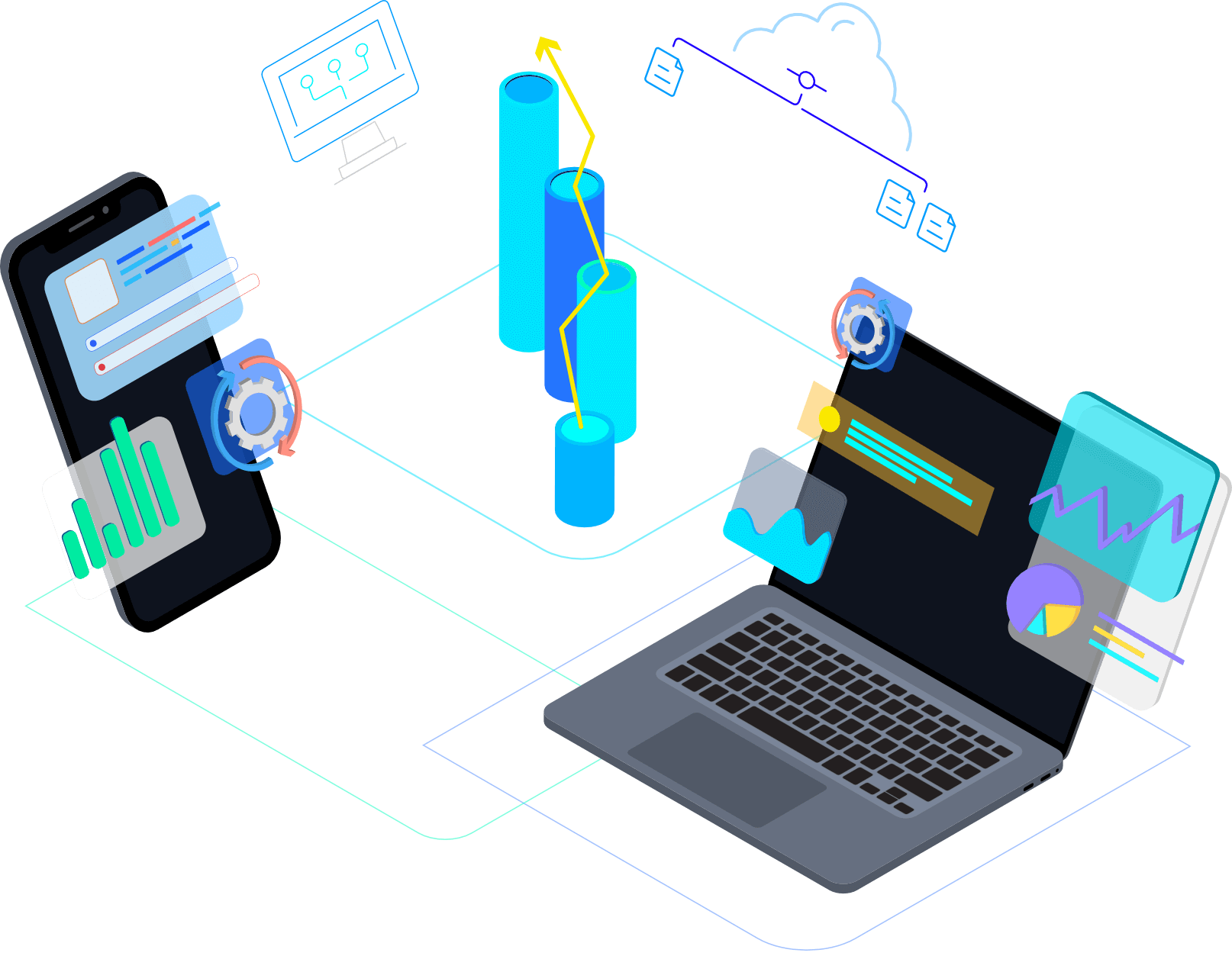Network security is the practice of ensuring the safety and integrity of networks and data. It includes the use of physical security, software security, and user access controls to protect networks and data from unauthorized access, misuse, and destruction.
There are 14 components of network security:
1. Physical security:
This is the first line of defense against unauthorized access to networks and data. It includes the use of security devices such as firewalls, intrusion detection systems, and access control systems to protect network infrastructure and data.
2. Software security:
This refers to the security measures taken to protect the software that runs on networked devices. This includes the use of security features such as encryption, access control, and authentication to protect data and code from unauthorized access and modification.
3. User access control:
This is a critical component of network security that controls who has access to networks and data. It includes the use of user accounts, passwords, and permissions to restrict access to only authorized users.
4. Data security:
This refers to the security measures taken to protect data from unauthorized access, modification, or destruction. It includes the use of data encryption, data backup, and data recovery to protect data from being lost or stolen.
5. Network security:
This refers to the security measures taken to protect networks from unauthorized access, misuse, and damage. It includes the use of network security devices such as firewalls and intrusion detection systems to protect networks from being compromised.
6. Wireless security:
This is a critical component of network security that controls access to wireless networks and data. It includes the use of wireless encryption, wireless access control, and wireless intrusion detection to protect data from being intercepted or modified.
7. Application security:
This refers to the security measures taken to protect applications from being compromised. It includes the use of application security features such as application firewalls and application sandboxing to protect applications from being attacked.
8. Database security:
This refers to the security measures taken to protect databases from being compromised. It includes the use of database security features such as database encryption and database activity monitoring to protect databases from being accessed or modified without authorization.
9. Web security:
This refers to the security measures taken to protect websites from being compromised. It includes the use of web security features such as web application firewalls and web content filtering to protect websites from being attacked.
10. E-mail security:
This refers to the security measures taken to protect e-mail messages from being intercepted or modified. It includes the use of e-mail encryption and e-mail filtering to protect e-mail messages from being read or modified without authorization.
11. Anti-virus protection:
This is a critical component of network security that protects networks and data from being infected with viruses. It includes the use of anti-virus software to scan for and remove viruses from networks and data.
12. Spyware protection:
This is a critical component of network security that protects networks and data from being infected with spyware. It includes the use of anti-spyware software to scan for and remove spyware from networks and data.
13. Malware protection:
This is a critical component of network security that protects networks and data from being infected with malware. It includes the use of anti-malware software to scan for and remove malware from networks and data.
14. Firewall protection:
This is a critical component of network security that protects networks from unauthorized access. It includes the use of firewalls to block or allow access to networks based on security rules.

If you are interested to know more about us and our services, contact us today.
We are based in Malta and operate internationally and are easily reached through calls, email and WhatsApp.
Subscribe to our newsletter to read all about new products and services!
Subscribe to our newsletter and you will receive a
5% Discount code for your next purchase!

Subscribe to our mailing list and be informed of new products and promotions, as well as be the first to read our blog post about potential security treats!
Sign up to receive updates, promotions, and sneak peaks of upcoming products. Plus 20% off your next order.
Sign up to receive updates, promotions, and sneak peaks of upcoming products. Plus 20% off your next order.